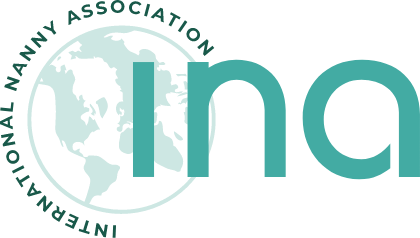I’ve recently come across three examples of nannies working in unusual circumstances. They are quite diverse, but at the heart of each of them is the deep sense of care that we pride ourselves on.
The first story is perhaps the most profound. Through my interest in history I learnt about the amazing role that a number of nannies took on in Europe during the Second World War in Europe. Since the war, 66 nannies have been recognised by the Jewish community as ‘Righteous among the nations’, or ‘righteous gentiles’. This honour is bestowed upon non-Jews who put their lives at risk to protect Jews during the holocaust.
It is believed that one of these nannies subsequently came to Melbourne (Australia), though so far I have not been able to track her down.
Guus Kaminsky was in her late teens when war broke out. Her parents headed an underground group in Holland which is reputed to have saved at least 37 lives. Guus herself helped one pregnant Jewish lady access medical attention, then arranged for the newborn child to be cared for by a local non-Jewish couple until the danger had passed. Guus would regularly walk the baby in a pram to see his real parents. For another child, who was hiding with an aunt and uncle, Guus arranged for regular contact between the child and his parents, who were hiding elsewhere. All of this put Guus herself at enormous risk – a truly amazing story and one of many.
The second story is quite different, though also mysterious. Vivian Maier worked as a nanny in Chicago from the mid-50s until the later 1990s. She was a very private person, keeping entirely to herself outside of her work. As a result of this guardedness, no one was aware that in her leisure time Maier was a photographer. She walked the streets of Chicago with a twin lens Rolleiflex camera, capturing candid images and portraits of ordinary people.
It wasn’t until shortly after Maier died, in 2007, that the extent of her photographic record would come to light. Over 100,000 negatives were discovered, by chance, at a ‘thrift auction’. Among these images is some of the most vivid and striking urban photography of the twentieth century; within a year this otherwise ordinary nanny was recognised as one of the most important photographers of her generation. Her photographs of poor children are particularly strong, perhaps reflecting the sensitivity of her profession.
The final story is not so much about a nanny as about the reputation of nannies. New York’s former mayor, Michael Bloomberg, tried for some time (and with mixed results) to introduce a range of laws in his city aimed at improving the health of its people. For instance, one law would limit the size of soft drink cups available at fast food outlets. His efforts have been lampooned by a number of the local news outlets who see a ‘nanny state’ on the horizon. The New York Post ran a cartoon of Bloomberg dressed as Mary Poppins. Bloomberg’s response was that it was “one of the most wonderful cartoons I’ve ever seen”. He went on, saying that being depicted as a nanny was “a great badge of honor. … It says we’re trying to do something — save lives.”
Clearly the role of the nanny doesn’t need to end at the front door!
A special thank you to INA member Louise Dunham for contributing this article.
Louise is the Managing Director of Placement Solutions, a nanny referral service in Melbourne Australia.
Louise also serves on the INA Board of Directors and chairs the Ethics Committee. She is the only international member to serve on the INA Board.
